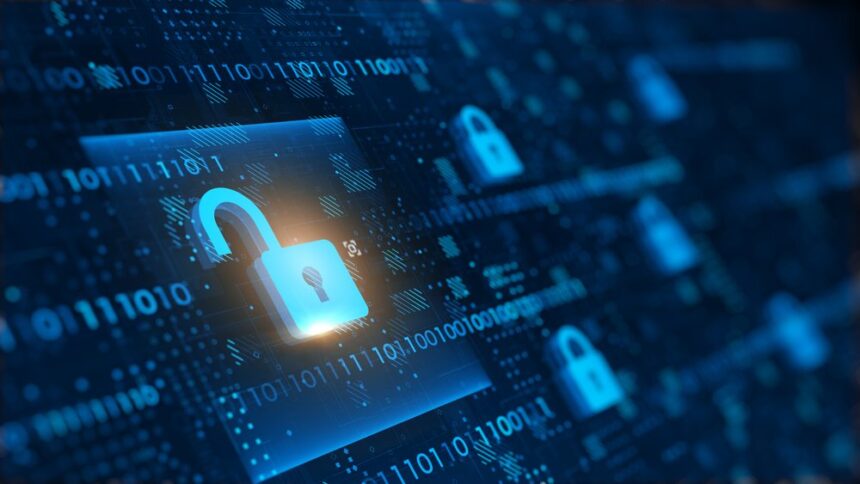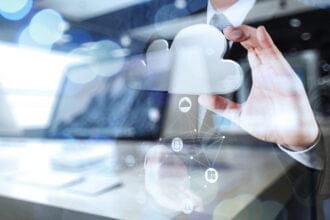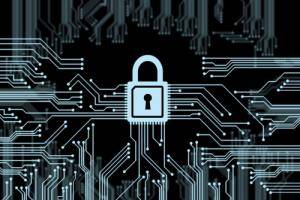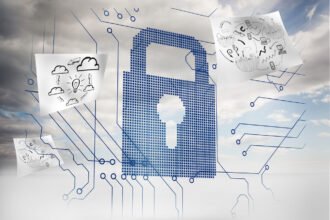Cybercrimes in today’s technologically advanced society have become much more sophisticated and progressive. We can thank mobility for the ease of extended access to our personal data, as with every use of our mobile phones, laptops or tablets in public areas we further increase our risk and vulnerability. As business owners, online shoppers, students, employees and even house wives, we remain at high risk for intrusion of our virtual systems. In this digital day in age, our personal data is used everywhere from when we make an online banking transaction to buying a new shirt at the mall, and even working on a project at the local coffee shop. It is hardly responsible to think that your information is safe anywhere.
The digital world can be a dangerous place for businesses, and cyberattacks are one of the most common threats that organizations face today. Companies must take proactive steps to protect their data, networks, and systems from malicious attackers. One of the most effective tactics to protect against cyberattacks is SAML (Security Assertion Markup Language).
SAML allows companies to control user access in a secure manner across all applications. It uses strong authentication methods such as passwords, fingerprints, or two-factor authentication to ensure only authorized personnel have access. SAML also provides single sign-on capabilities so users can log in once with their credentials and access multiple applications without having to enter each login separately. Additionally, it offers role-based access control which grants users different levels of system privileges based on their roles within an organization.
Protecting Yourself
Lucky for us, there are many effective and efficient opportunities for protecting ourselves virtually. When it comes to building a good defense against malicious cyber attackers the best mode of attack is a good offense. This means, educating yourself and setting up parameters that protect your system and therefore your personal data from all angles. In the grand scheme of things, knowledge is power and the more power you have, the more you can leverage such as a way to build a good defense against cybercrime. Here are five facts about cybercrimes that you might not be aware of:
- Cyber hackers are not going anywhere and they are becoming more sophisticated.
- Cyber hackers are changing their attack modes and penetration strategies in a way that makes them more catastrophic.
- You will not be informed of a security data breach until there is factual evidence that a breach has occurred, which can take months of investigation and billions in funds to uncover.
- As an American consumer, your personal data is linked to you through every retail purchase.
- There are many ways that you can protect yourself against the malicious intentions of cyber hackers.
Common Attack Patterns
In the world of cyber security, knowledge is power. Verizon research has uncovered, investigated and released the 7 most common types of cybercrime attacks that have occurred over the past decade. Here is what they found to be the most prominent types of attacks, as well as ways in which you can protect yourself from becoming a victim against such attacks.
Web App Attacks
Web application attacks are common among utility, retail and manufacturing sectors. In order to prevent the theft of credentials or exploitation of vulnerabilities, there should be a two-factor authentication process in place. The system can be considered secure if it uses static content-management and locks out users after repeated failed attempts at login.
Crimeware
The servers and desktops of the general public, manufacturing, utilities, and other information industries are considered to be especially vulnerable to system compromises via malware attacks. You can make it more difficult for these malware types of crime ware to get in by patching anti-virus programs in your browser. Taking steps to avoid Java plugins as much as you feasibly can and downloading anti malware, as well as free cloud antivirus protection will add an extra layer of security to your systems.
Physical Loss and Theft
Loss of personal information via theft of USB drives, laptops, and/or printed documents are especially common among the general public and in the healthcare sectors. You can protect yourself by encrypting your devices and hardware, backing up your data, physically locking down to immovable fixtures servers and other valuable IT equipment, as well as by safely storing sensitive documents in secure areas.
Insider Misuse of Privilege
The misuse of privilege via theft of sensitive and valuable information is a problem that all business owners face. An employee taking advantage of computer access is a dangerous reality that nearly every industry in the market has to accept. You can better protect your data by limiting access and keeping a strict checks and balance system in place that lets you know exactly who accessed information and when. Consistently review your user accounts, run audits and set up strict controls to monitor data transfers.
Payment Card Skimmers
The hospitality, banking and retail sectors are especially vulnerable to skimmers being placed on payment systems. These skimmers read and steal customer’s payment information as they swipe their cards. To prevent the installation of these malicious contraptions you should educate yourself and employees (if applicable) on how to spot these skimmers. Keep a keen eye out for suspicious behavior, implement tamper evident control systems that prevent installation and integrate reliable automated video monitoring where possible.
POS Intrusions
Point of Sale system intrusions are most common among the hospitality and retail sector. You can reduce your risk of personal data leaks by limiting the access to your POS systems to employees and closely monitoring the necessary access via third-party companies. Use effective password protection (only given to a select few), forbid internet browsing on the POS system, and use strong two-factor ID authentication for access.
Miscellaneous Human Error
Any industry that deals with information broadcasting can be considered at risk for miscellaneous human error. That is, security mistakes made by staff. Such mistakes may include scenarios where a staff member accidentally sends private and sensitive data to the wrong recipient or to a public site and may also include the improper disposal of valuable documents. In order to decrease the risk of such errors you can strengthen publishing controls, integrate data-loss prevention software and properly train staff on sensitive document disposal.
Additionally, it is crucial that you implement other protection strategies to help to safeguard your personal data such as subscribing to identity protection, using strong password strategies (i.e. changing them routinely, never using the same one more than once and using a mix of numbers, letters and special characters) and diligently monitoring your statements, in order to protect yourself. In the end, it boils down to keeping your cyber security protection up to date and proactively using best practices with regards to systems in order to proactively keep your personal data out of the hands of malevolent cyber criminals.
If you have further insight about how to safeguard personal data and prevent cyberattacks, please share. We would love to hear your thoughts.










